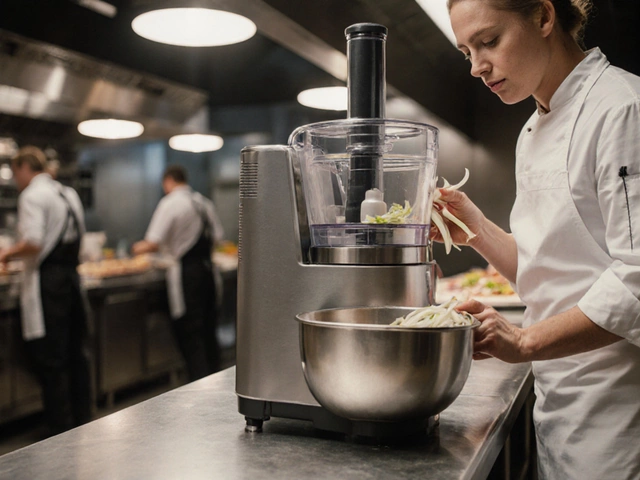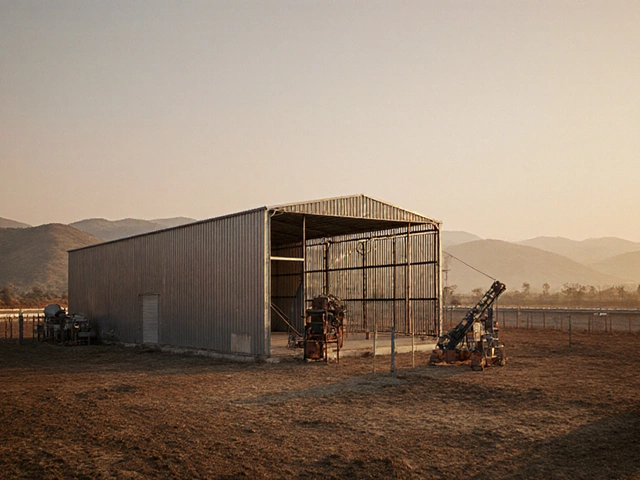Purchasing Trends 2025: What Buyers Are Shifting To Now
If you’re in manufacturing or procurement, you’ve probably felt the pressure of faster ordering cycles and greener demands. The biggest change this year? Buyers are using data‑driven tools to cut lead times while demanding more sustainable options. Ignoring these signals means missed sales and higher costs. Below we break down the three trends that matter most and give you quick actions to adapt.
1. Digital Platforms Are Becoming the Main Marketplace
Online portals, AI‑powered price bots, and B2B marketplaces now rule the procurement game. Instead of picking up the phone, buyers compare dozens of suppliers within minutes. That speed forces manufacturers to keep product catalogs, price lists, and stock levels up‑to‑date in real time. If you haven’t integrated an ERP or a cloud‑based quoting system, you’re losing bids to competitors who can instantly show price, delivery ETA, and carbon footprint.
2. Sustainability Is No Longer a Nice‑to‑Have
Eco‑claims are moving from marketing fluff to contract clauses. Buyers ask for recycled material percentages, lower carbon emissions, and third‑party certifications before signing a purchase order. Companies that embed sustainability into their sourcing rules see higher win rates and can charge a small premium. Start by measuring the carbon intensity of your production line and publish the numbers on your supplier portal.
Another angle is packaging. Minimal, reusable, or biodegradable packaging is now a decision factor. If your packaging costs more than the product itself, you’ll hear about it in the next negotiation.
3. Speed and Flexibility Wins the Day
Fast delivery isn’t just a buzzword; it’s a buyer expectation. Same‑day shipping for critical components is becoming normal in many sectors, especially electronics and medical devices. To meet this, manufacturers are adopting modular production lines and buffer inventory at regional hubs. If you can’t ship in under a week, consider partnering with a 3PL that offers last‑mile flexibility.
Flexibility also means offering multiple order sizes. Small‑batch orders used to be seen as inefficient, but now they’re a way to reduce stock‑outs for the buyer. Turn this into a revenue stream by setting up a tiered pricing model that rewards larger volumes without penalizing the small runs.
Putting these trends into practice doesn’t require a complete overhaul. Start by auditing your digital presence: are your product pages searchable, mobile‑friendly, and up‑to‑date? Next, map your sustainability metrics and share them openly. Finally, review your logistics partners and see if they can provide faster, more adaptable shipping options.
Keep an eye on the data coming from your customers—order frequency, preferred suppliers, and feedback on sustainability. Those numbers will tell you where to double down and where to cut losses. By aligning with the three trends above, you’ll stay competitive, meet buyer expectations, and boost your bottom line in 2025 and beyond.
What Do Humans Buy the Most in 2025?
Ever wondered what's constantly flying off the shelves in 2025? Dive into the world of consumer habits and discover what humans are buying most today. From tech gadgets to essential groceries, understanding these trends can spark fantastic ideas for your next manufacturing startup. The article breaks down buying patterns, offering insights and inspiration for entrepreneurs.
Read More




